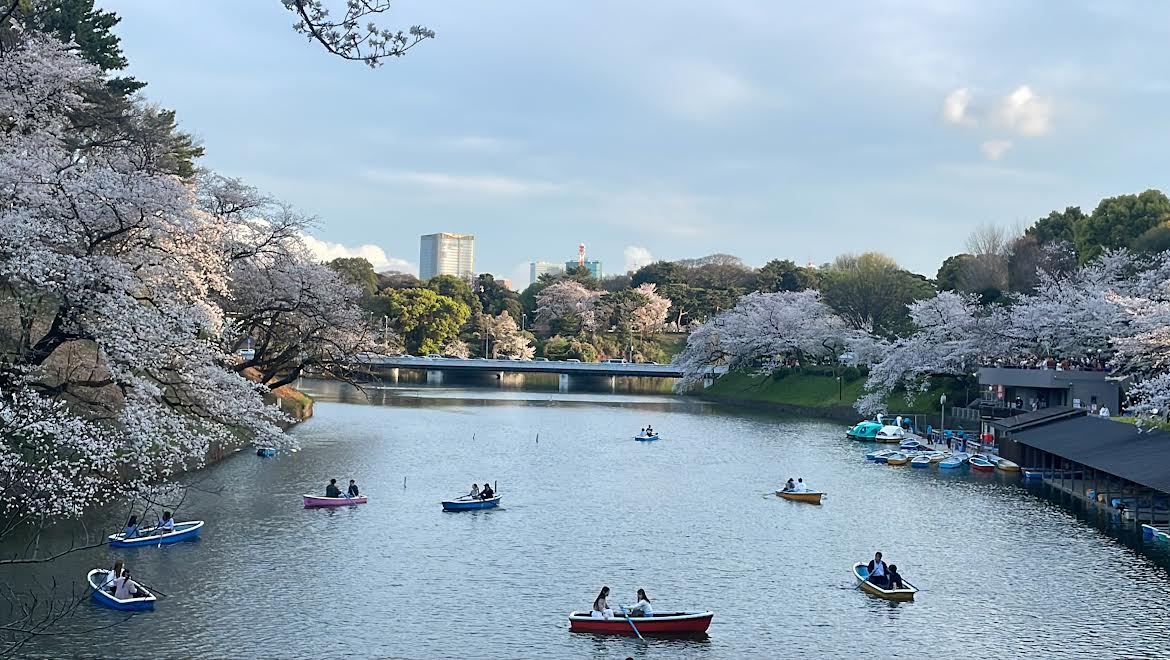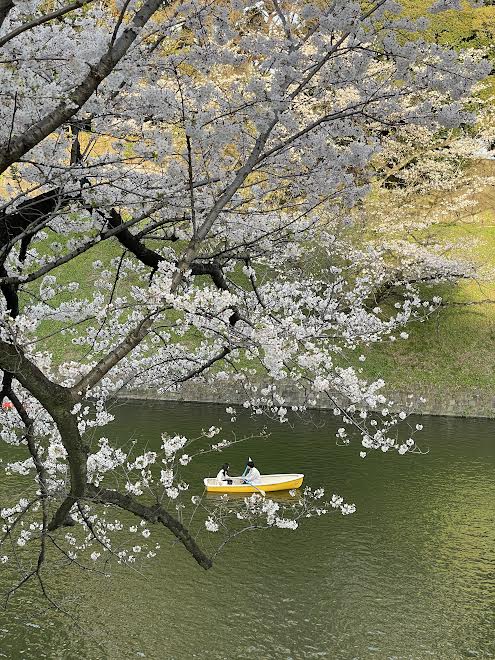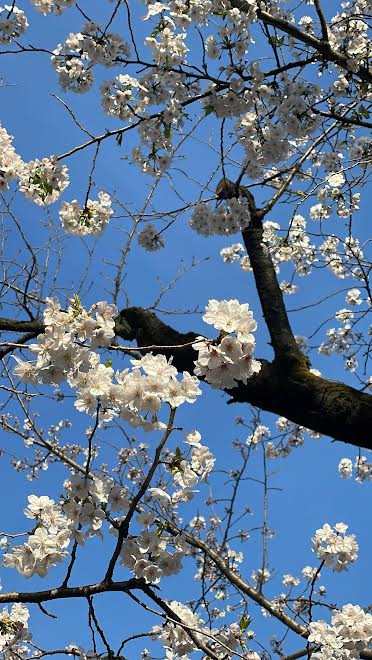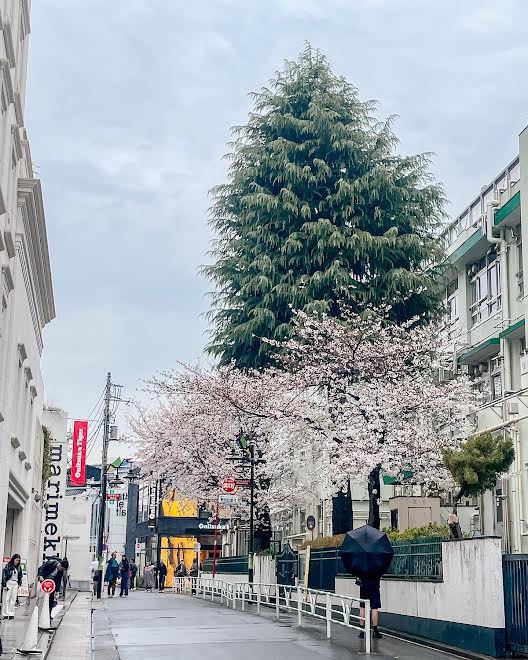Celebrating the blossoms of spring
The tradition of hanami

Spring heralds the end of winter’s chill, ushering in warmer, brighter days along with the eagerly anticipated cherry blossoms, known as sakura in Japanese. This annual spectacle transforms Japan’s landscape into a canvas of delicate pink and white blooms, attracting visitors from both near and far who come to admire nature’s masterpiece.
Yet, beyond its sheer beauty, the tradition of hanami, or flower viewing, carries profound cultural and historical significance in Japan. Legend has it that hanami originated centuries ago during the Nara period (710-794), where it was initially a pastime of the aristocracy, who gathered beneath cherry blossom trees to contemplate life amid the transient beauty of the flowers. Over time, this practice evolved and expanded during the Heian period (794-1185), becoming more accessible to poets and artists who integrated cherry blossoms into their works as symbols of renewal and the impermanence of life.
Tokugawa Ieyasu, founder of the Tokugawa shogunate during the Edo period (1603-1868), played a pivotal role in popularizing cherry blossoms and hanami to the general public. Recognizing their aesthetic draw and potential to unify people, he championed the planting of cherry trees throughout Japan, particularly in Edo (present-day Tokyo), as symbols of peace, prosperity, and the inherent beauty of nature. Under his patronage, hanami blossomed into a cherished tradition embraced by all segments of society.

symbolize the different stages of cherry
trees. The pink ball is for the buds, the white
is for when the sakura is in full bloom, and
the green is for the leaves that will replace
the flowers
Today, hanami endures as a beloved springtime ritual, eagerly anticipated by people of all ages. From late March to early May, communities across Japan converge in parks and public spaces adorned with blooming cherry trees, engaging in picnics, lively conversations, and shared moments of joy beneath the delicate canopy provided by the blossoms.

Over the weekend, the Chidori-ga-fuchi Moat encircling the Imperial Palace in Tokyo was packed with locals and tourists alike, reveling in the spectacle of fully-bloomed cherry blossoms. Against the backdrop of the city skyline, visitors strolled along pathways shaded by sakura while couples glided in rowboats, their reflections mirrored in the tranquil waters below.

blossom between March and April in the
northern parts of Japan
Adding to the festivities, Philippine Ambassador to Japan Mylene Garcia-Albano opened the doors of the official residence on April 6, welcoming embassy personnel and their families. This special occasion offered everyone the opportunity to appreciate the cherry trees adorning the residence’s garden, which boasted several of these stunning trees in full bloom. Known as The Kudan, this property is considered the jewel of the Philippine foreign service, with its rich history and beautiful Castillan elements.
The popularity of hanami transcends mere aesthetics, embodying profound cultural values of reverence for nature, harmony, and communal spirit. As cherry blossoms begin to fall just a few days later, scattering like pink confetti, their brief but radiant display underscores life’s brief nature, prompting reflection and gratitude for the impermanent moments that still enrich our lives.

places, turning the country into a pink and
white canvas
Cherry blossom forecasts guide hanami enthusiasts, ensuring they witness nature’s spectacle at its peak. Amid the uncertainty of weather patterns, cherry blossoms unfurl their petals for a fleeting moment, before gracefully drifting to the ground—a phenomenon people have poetically named “sakura snow.”
Beyond its cultural significance, hanami fuels tourism and stimulates local economies. Cities across Japan host vibrant festivals and events during peak bloom season. Restaurants and cafés come up with special menus using sakura and strawberries which are also in season. Even big brands like beer producer Asahi come up with a special beer in pink cans to match the occasion.
Souvenirs and everyday items featuring the blossoms fly off the shelves thanks to both locals and visitors who wish to hold on to nature’s short springtime offering just a bit longer.
As another hanami season draws to a close, the Japanese people embrace the poignant beauty of nature and the timeless tradition that unites communities in celebration of spring’s arrival. Hanami serves as a poignant reminder of life’s ephemeral nature and the enduring beauty found in nature’s cyclical rhythms, inspiring gratitude and appreciation for life’s fleeting yet precious moments.